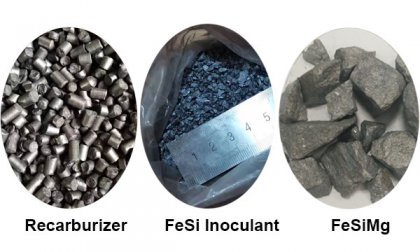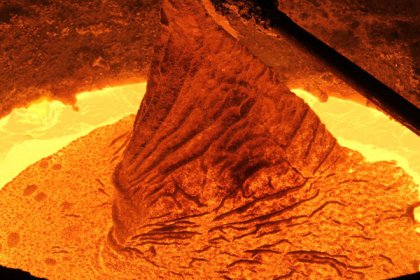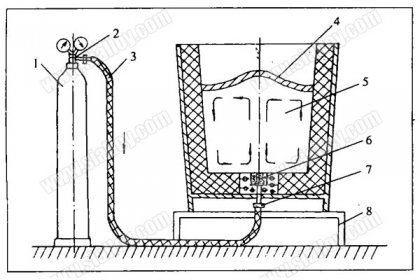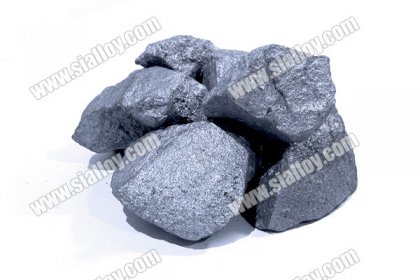Ferroalloys industrial restructuring of China
After entering 2000, China's carbon emissions increased sharply, mainly because of the rapid growth of investment in China's real estate, infrastructure and manufacturing industries, followed by a spurt of demand for electricity and heat. Power generation and heating, construction and manufacturing are all high-carbon emission industries, which together account for nearly 80% of China's total carbon emissions, especially the power generation and heating industries, which account for almost half of the total carbon emissions. China is a typical coal-rich, oil-poor, and gas-less country. It has formed an energy structure dominated by coal resources. In the energy structure of the United States, Europe and Japan, natural gas and oil account for a relatively high proportion. Compared with oil and natural gas, coal has significantly higher carbon emissions. In addition, China's power source mainly relies on thermal power generation, and developed economies are more mature in the use of renewable energy such as wind power and photovoltaics, which also makes China's carbon emissions significantly higher.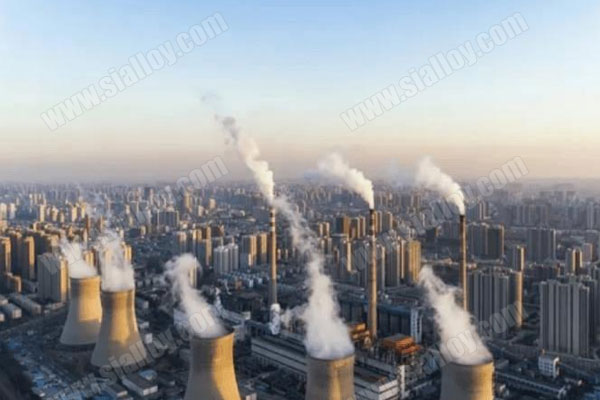
The basis for reducing carbon emissions is to gradually change China's energy structure and industrial structure, that is, to curb the further expansion of high-energy-consuming industries and gradually reduce their share in the national economy. The ferroalloy industry is a typical high-energy industry, and electricity costs account for a relatively high proportion of its production costs; 65% of the production cost of ferrosilicon is the electricity cost, and the production of ferrosilicon requires 8400-9000KW/h; the production cost of silicon manganese. The proportion of electricity costs is lower than that of ferrosilicon, but it also exceeds 20%. In view of the high power consumption of the ferroalloy industry, since the beginning of the year, the ferroalloy industry has taken the lead in ushering in clear guidelines from the policy side. As the main ferroalloy production area in the country, the Inner Mongolia Autonomous Region has taken the lead to ensure the completion of the "14th Five-Year Plan" energy consumption dual control goal. The goal of dual control of energy consumption was put forward. Ferroalloy production capacity was significantly curbed, and the curtain of contraction on the supply side was slowly opened.
In terms of demand, the most important downstream demand for ferroalloys is steel mills. Since China's crude steel production is mainly based on long processes, the steel industry is also a high-carbon emission industry. If the carbon emission peak target is achieved on schedule, the steel industry will also face Pressure to reduce emissions. At the end of last year, the Ministry of Industry and Information Technology put forward for the first time the goal of ensuring a year-on-year decline in crude steel output in 2021. In March of this year, production restrictions in Tangshan became stricter, and the output of molten iron once dropped significantly. From May 1st, the 13% export tax rebate for hot coils was officially cancelled; pig iron, crude steel, recycled steel raw materials, ferrochrome and other products began to implement zero import tentative exchange rates; ferrosilicon, ferrochrome, high-purity pig iron and other products were exported Tariffs have begun to increase, and this series of policies are preparing for the subsequent reduction of domestic crude steel production. Therefore, in the medium and long term, a downward trend in domestic steel production is taking shape.
 中文
中文
